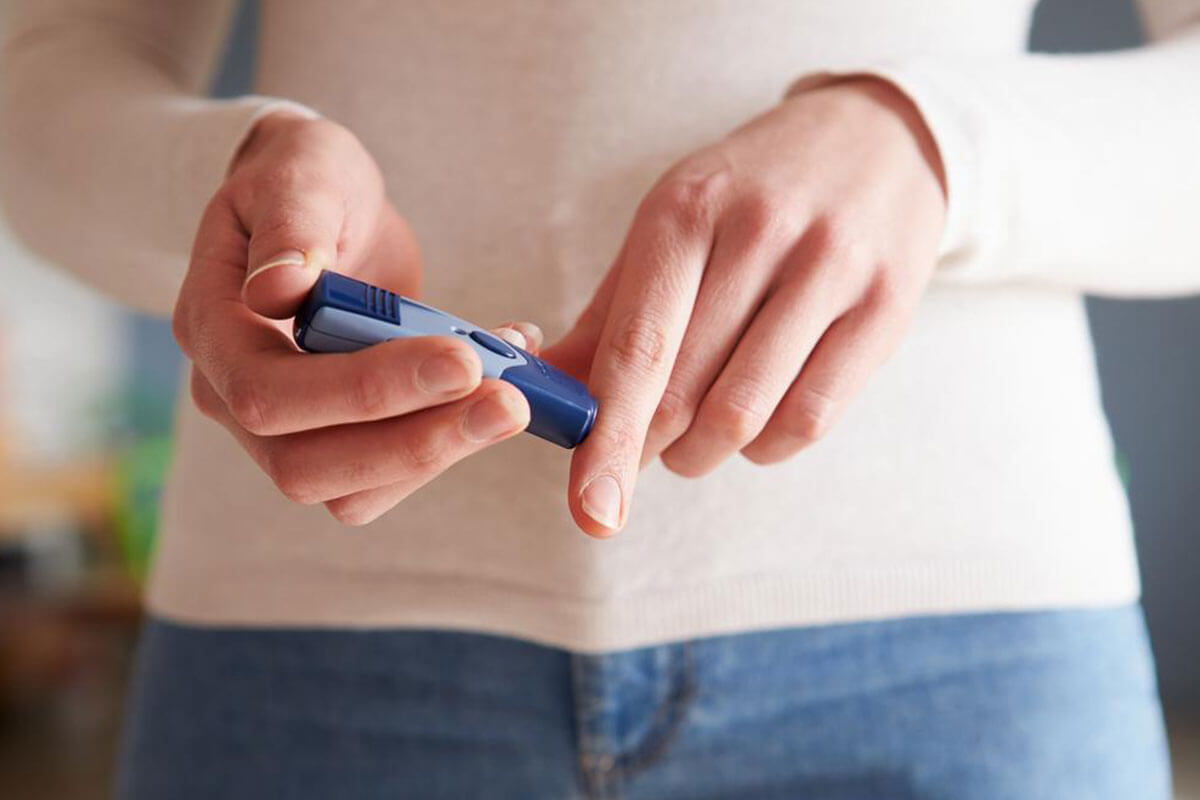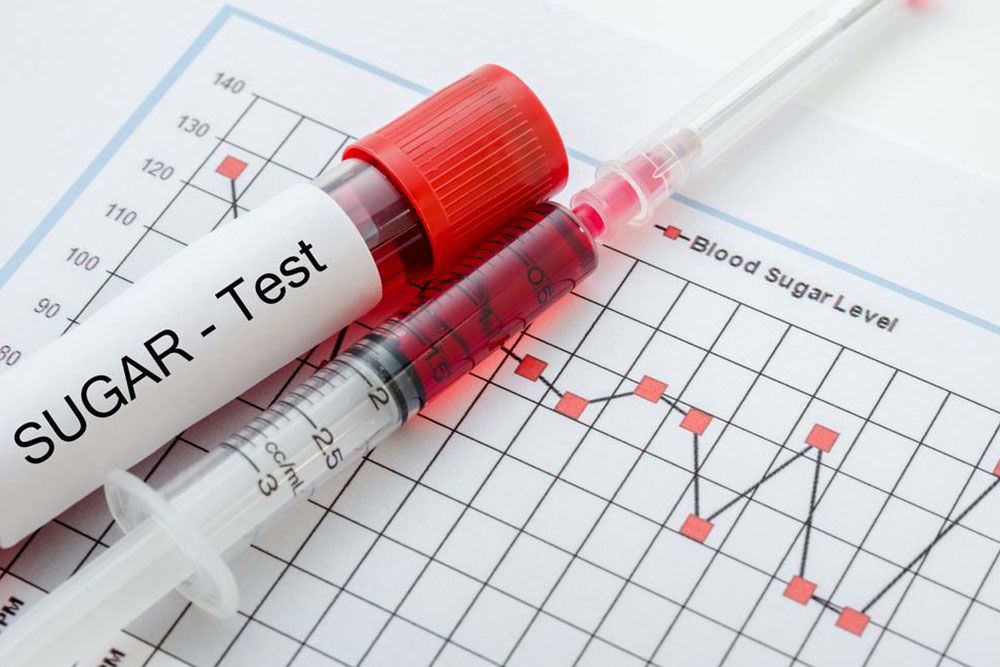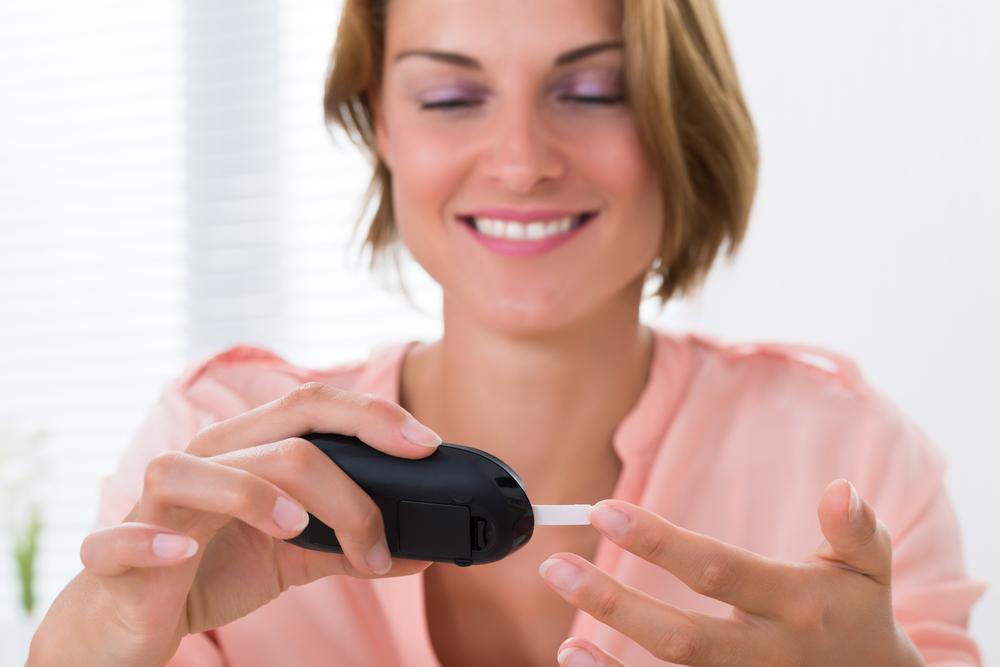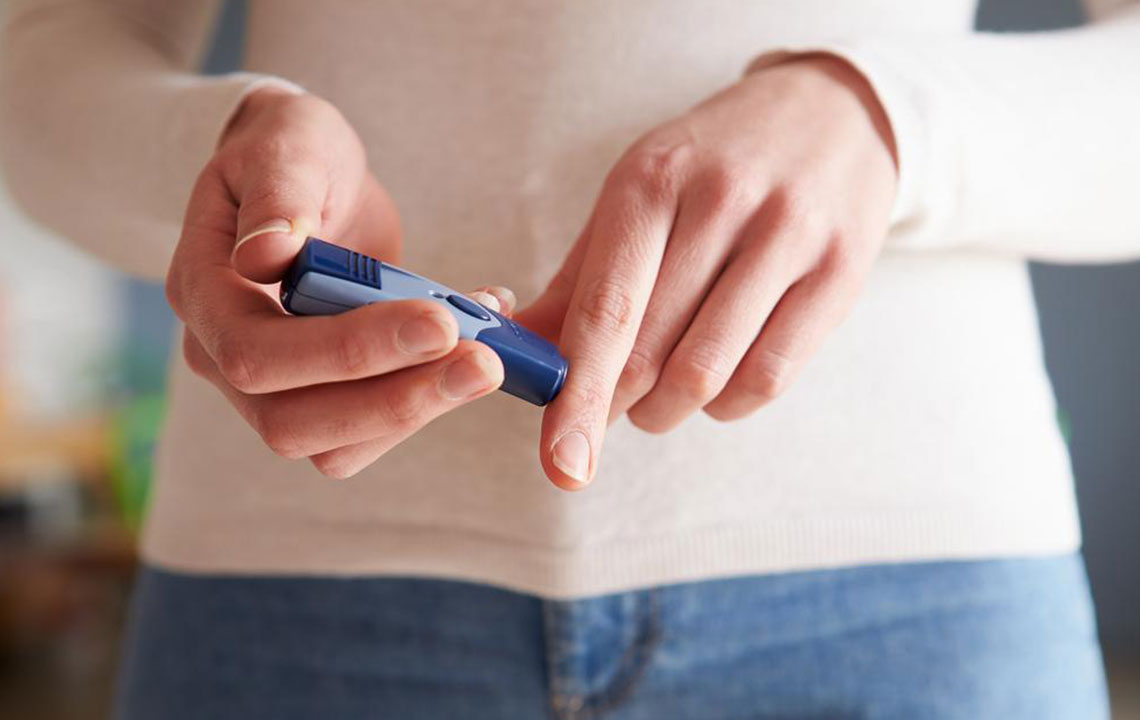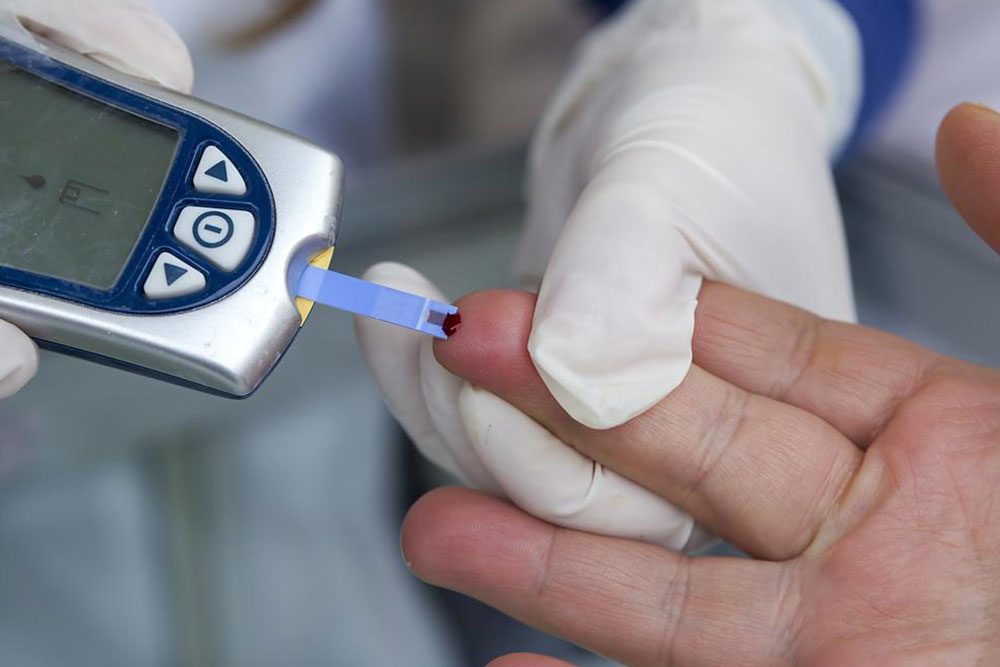Essential Guide to Monitoring Blood Glucose Levels
Learn how to effectively monitor your blood glucose levels with this comprehensive guide. Discover when and how to test, target ranges based on individual health factors, and tips for managing diabetes effectively. Regular blood sugar testing is essential for maintaining overall health and preventing complications, especially for those with type 1 or type 2 diabetes. With proper knowledge and tools, you can take control of your condition and work closely with healthcare professionals to achieve optimal blood sugar levels.
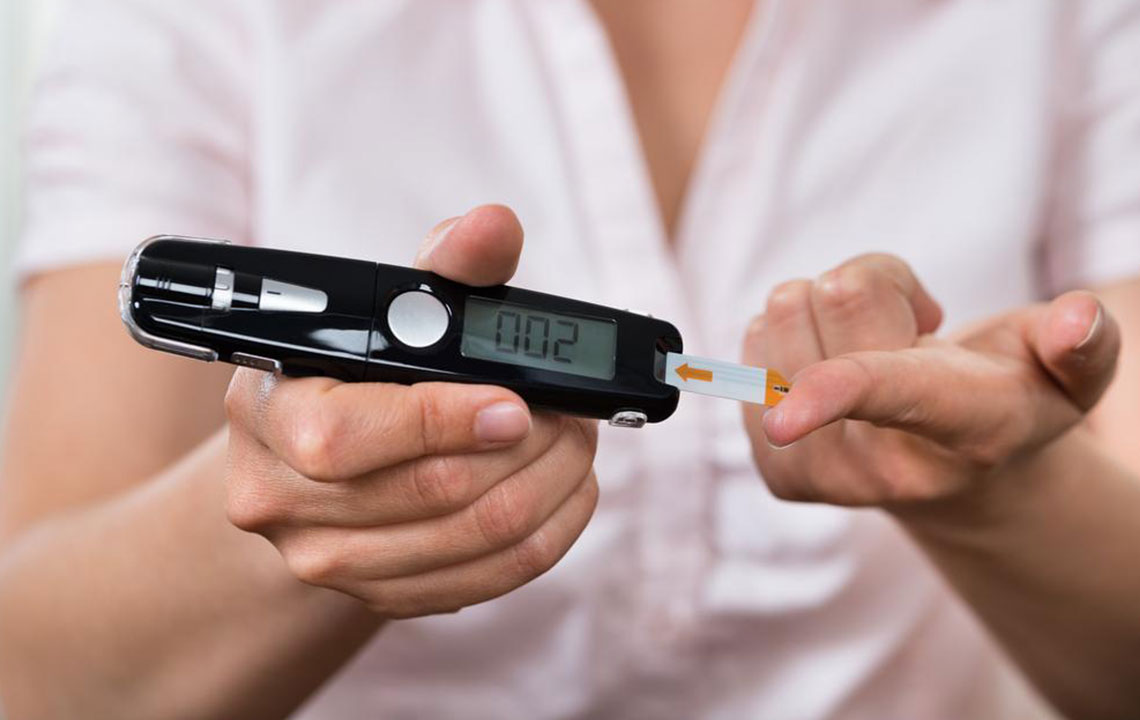
Essential Guide to Monitoring Blood Glucose Levels
Regular blood sugar testing is crucial for individuals managing diabetes, especially during critical phases. For diabetics, self-monitoring helps tailor treatment plans effectively.
This can be done conveniently at home using a compact glucose meter that measures blood sugar directly from a sample.
Importance of Blood Glucose Monitoring
Diabetic patients with unstable blood sugar levels greatly benefit from regular testing. Monitoring allows for better management by providing insights into how treatment, diet, and activity impact their condition.
This testing helps evaluate how well treatment goals are being met and reveals how lifestyle factors and illnesses influence blood sugar. It also detects episodes of high or low blood glucose levels, enabling timely intervention.
When to Test Blood Sugar
Consult your healthcare provider to determine the optimal testing schedule.
This varies depending on the severity of diabetes and treatment approach.
Type 1 Diabetes
Patients may need to test 4-8 times daily, including before meals, after exercise, and at night. During illness, testing may increase.
Type 2 Diabetes
Those on insulin typically test 2-3 times daily, often before meals or post-dinner, depending on insulin dosage. If managed through lifestyle, daily testing may not be necessary.
Optimal Blood Glucose Range
The target range depends on age, health status, and diabetes duration:
80-120 mg/dL is ideal for younger adults without other health issues.
100-140 mg/dL is recommended for those over 60 or with other conditions like heart, kidney, or lung diseases.
Levels outside these ranges indicate a need for medical attention and stricter management to prevent complications.
Blood Sugar Testing Procedure
Individuals with critical levels should familiarize themselves with testing techniques to prevent health emergencies.
A glucose meter measures blood sugar from a small blood sample, usually taken from the fingertip. First, wash and dry hands, insert a test strip into the meter, and prick the finger using the lancet provided. Squeeze gently to get a drop of blood, then apply it to the test strip. The device quickly displays the reading.
If readings are above recommended levels, seek immediate medical care. Regular testing with a calibrated device ensures proper management; consult your doctor to confirm correct technique.
Managing blood sugar is vital for health. With timely testing and professional guidance, diabetics can control their condition effectively.

